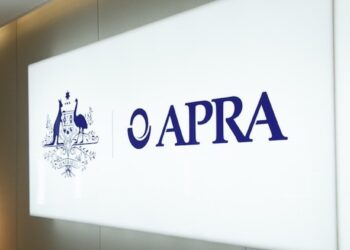The Australian Securities and Investments Commission (ASIC) has given a two year extension for superannuation and managed investment product issuers to apply the new Regulatory Guide 97 Disclosing Fees and Costs in PDSs and Periodic Statements (RG 97) on its product disclosure statements (PDSs) in light of the COVID-19 pandemic.
Now, PDSs given on or after 30 September, 2022, must comply with new requirements. This was originally for PDSs on or after 30 September, 2020.
However, issuers could apply the new retirements to a PDS dated on or after 30 September, 2020.
ASIC said superannuation trustees should now:
- Update existing system builds to ensure that you will be able to meet the new requirements for fees and costs disclosure in PDSs and periodic statements in time;
- Review your calculation methodologies, due diligence processes and governance arrangements for collecting and compiling fees and costs information; and
- Consider your arrangements with service providers, people offering investment opportunities and interposed vehicles and how the data is necessary for your products.
On next steps, ASIC said: “Trustees can choose to opt-in to the regime from 30 September 2020 for PDSs and 1 July 2020 for periodic and exit statements. To opt-in, the trustee must make a written record that includes the date of election and the PDS/product to which the election applies.
“A key deadline is the requirement that periodic and exit statements with reporting periods commencing on 1 July 2021 must comply with the new requirements, meaning that the new requirements for exit statements will be triggered for exits on or after 1 July 2021.”
The RG 97 requirements included:
- Re-grouping values in the re-named ‘Fees and costs summary’ to more clearly show fees and costs that are ongoing and those that are member-activity based;
- Simplification of ongoing fees and costs into three groups – Administration, Investment and Transaction;
- Inclusion of a single ‘Cost of Product’ figure in a PDS;
- Simplification of how fees and costs are presented in periodic statements;
- Requiring costs met using reserves to be included in the calculation of fees and costs disclosed in a PDS;
- Confirming that fees and costs in PDSs are still required to be disclosed gross of any tax Benefit being passed on to the member;
- Removing the distinction between performance and performance-related fees so the disclosed performance fee will include the performance fees at the product and underlying investment vehicle levels; and
- Rewriting and restructuring RG 97 to contain separate discussions of managed investment products and superannuation to make it easier to use and understand.




